Expert and reliable surface mount technology end-to-end PCB assembly services from Altimex.

What is Surface Mount Technology?
Surface Mount Technology (SMT) is a method of mounting electronic components directly onto the surface of printed circuit boards (PCBs), rather than inserting leads through drilled holes.
At Altimex, with decades of PCB expertise, we use SMT for its precision, efficiency, and high-density assembly capability. Components such as resistors, capacitors, and ICs are placed using automated pick-and-place machines and soldered via reflow ovens, ensuring strong electrical and mechanical connections. SMT allows for smaller, lighter, and faster PCBs, supports multi-layer designs, and improves signal integrity.
Proud to have worked with
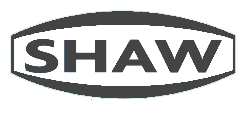
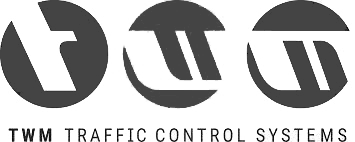

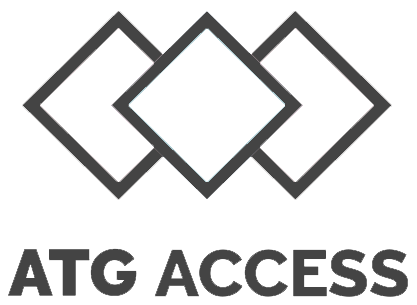


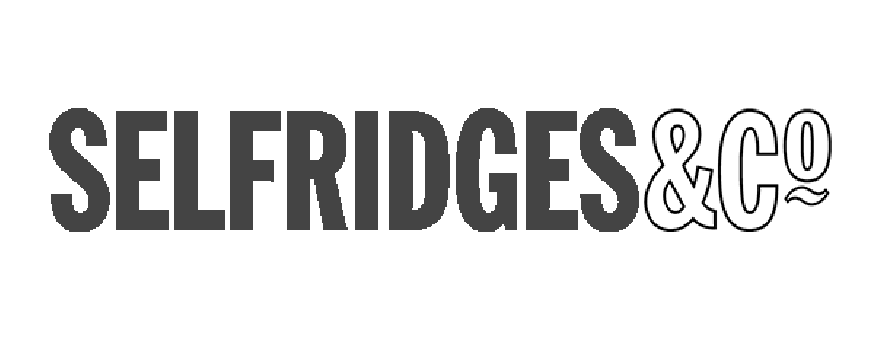


Why Work With Altimex?

25+ Years Of Experience

Fast Turnaround Time

Tailored
Solutions

Building Long-Term Partnerships

Certified & Experienced Team
Surface Mount Technology PCB Assembly Process
1. Solder Paste Application
A stencil is used to apply solder paste onto the PCB pads where components will be mounted.
2. Component Placement
Automated pick-and-place machines accurately position surface-mount components onto the solder-pasted PCB.
3. Reflow Soldering
The PCB passes through a reflow oven, melting the solder paste to create solid electrical and mechanical connections.
4. Inspection and Testing
The assembled board undergoes Automatic Optical Inspection (AOI) and functional testing to ensure all components are correctly placed and fully operational.
Benefits Of Surface Mount Technology PCB Assembly
Surface Mount Technology (SMT) has transformed modern electronics manufacturing, offering precise component placement, streamlined assembly processes, and enhanced production efficiency. It supports advanced PCB designs while meeting the demands of high-speed, high-density circuits. The benefits of SMT include:

Higher Component Density
Smaller and Lighter Boards

Improved Electrical Performance
Faster and Automated Assembly
Interested In Surface Mount PCB Technology?
Get in touch with us and a member of our team will reach out to you.
Either use the contact form on our website or call us on +44 1829 741262

End-to-End Surface Mount Technology PCB Assembly
End-to-end surface mount technology (SMT) PCB assembly at Altimex ensures a high-quality production process from design to finished board. Using IPC standards, we begin with precise solder paste application, followed by automated component placement using state-of-the-art pick-and-place machines.
Reflow soldering guarantees reliable electrical and mechanical connections, while comprehensive inspection and functional testing confirm full performance compliance. Our approach supports complex, high-density, and multi-layer PCB designs, maintaining strict quality standards at every stage.
Get In Touch Today For Surface Mount PCB Technology
If you have a query about our services or feel like we could help you, please get in touch by filling the form out below or by calling us on 01829 741 262.
Frequently Asked Questions
Surface Mount Technology is a method of mounting electronic components directly onto the surface of a PCB rather than inserting leads through holes. Unlike through-hole assembly, SMT allows for smaller, lighter, and higher-density boards. It supports multi-layer designs and improves electrical performance due to shorter interconnections. SMT is typically more suitable for automated, high-volume production, offering faster assembly times and greater precision. Through-hole may still be used for components requiring strong mechanical support, but SMT has become the standard for modern electronics due to its efficiency and compatibility with miniaturised designs.
SMT can accommodate a wide variety of components, including resistors, capacitors, diodes, transistors, integrated circuits, LEDs, and connectors specifically designed for surface mounting. These components are usually smaller than their through-hole equivalents and are supplied in reels or trays suitable for automated placement.
SMT supports both passive and active components and can handle fine-pitch ICs and complex packages such as QFP, BGA, and CSP. At Altimex, we ensure that all components are carefully selected for compatibility with automated placement and reflow soldering, which guarantees reliable electrical and mechanical connections across high-density PCBs while maintaining production efficiency.
Yes, SMT is particularly suited to multi-layer and high-density PCBs. Because components are mounted directly on the surface, both sides of the board can be utilised, maximising space and allowing complex routing. SMT supports fine-pitch ICs and micro components, which are essential for modern electronics such as smartphones, medical devices, and industrial controllers.
Automated placement ensures precision even with densely packed components, while reflow soldering guarantees reliable connections. At Altimex, our SMT process accommodates multi-layer boards of various thicknesses and complexities, ensuring high yields and performance compliance. This capability allows companies to develop compact, feature-rich devices efficiently.
Quality and reliability in SMT assembly are achieved through strict process control and comprehensive inspection. We use precise solder paste application, automated pick-and-place machines, and controlled reflow soldering profiles to maintain consistent connections. Each PCB undergoes AOI to detect misaligned components, missing parts, or solder defects. For complex components, X-ray inspection can be performed to verify hidden solder joints, such as those on BGA packages. Functional testing ensures circuits operate correctly before delivery.
Lead times for SMT PCB assembly vary depending on PCB complexity, volume, and component availability. For small prototypes, assembly can often be completed within a few days to a couple of weeks.
Standard production runs typically require four to six weeks, including component procurement, PCB preparation, assembly, and testing. Larger or high-density orders may take longer due to intricate component placement or special inspection requirements.
SMT assembly includes several layers of inspection and testing to ensure product quality. Automated Optical Inspection (AOI) checks for missing, misaligned, or incorrectly oriented components. X-ray inspection can be used for hidden solder joints, such as BGAs or fine-pitch ICs. Functional testing confirms that the assembled PCB operates correctly under normal conditions. Additional tests, such as in-circuit testing or environmental stress testing, can be applied for mission-critical applications.
SMT PCB assembly is used across a wide range of industries that demand compact, high-performance electronic devices. These include telecommunications, medical devices, automotive, aerospace, industrial automation, consumer electronics, and military applications.
Any sector requiring small, lightweight, high-density boards with reliable performance benefits from SMT. The technology supports advanced circuitry, fine-pitch ICs, and multi-layer boards, enabling faster, more efficient products.

